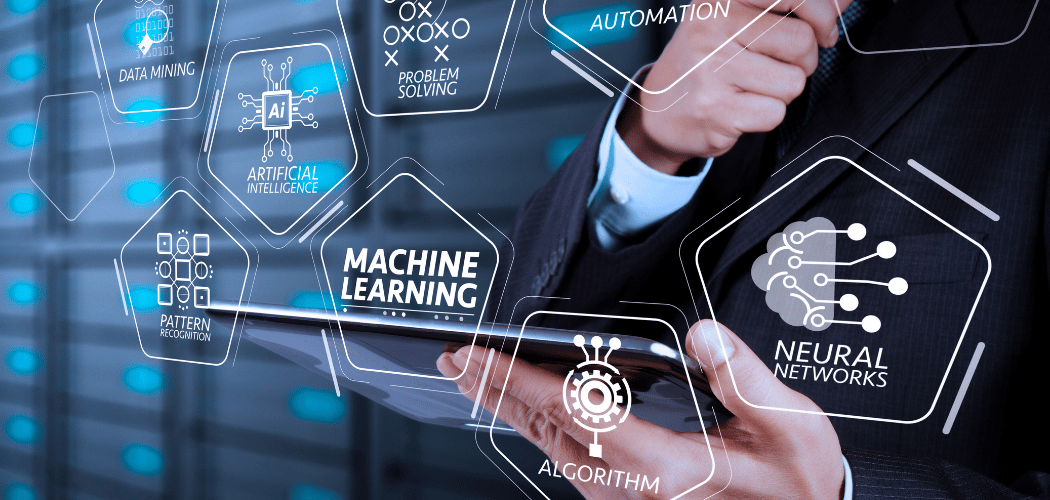We recently covered the announcement that Loyalty Methods (LM), a Customer Experience and Loyalty Management company had partnered with 7-Eleven, a leading convenience store retailer, to deliver a full implementation of LM’s new cloud CX platform – ReactorCX – powering 7Rewards, an award-winning, mobile centric and high-scale loyalty program in the retail world.
The scope of the implementation project completed by Loyalty Methods is impressive. ReactorCX connects more than 9,500 retail stores throughout the US and Canada to deliver a real-time experience to the millions of 7-Eleven customers frequenting stores as well as all 7-Eleven digital properties including 7Rewards, 7Now, Mobile Scan and Pay, Augmented (AR) Gamification, and Fuel Rewards.
7-Eleven is setting the pace in digital innovation in convenience and fuel retail with the help of ReactorCX
With this innovative and industry-leading duo, the road seems clear for exciting future development. We wanted to understand the backstory of this announcement and were able to arrange an interview with Emil Sarkissian, CEO Loyalty Methods, to understand more about what its like to work on the front lines of loyalty technology in a real time world. Bill Hanifin, Wise Marketer Managing Editor, sat down with Emil for this detailed conversation.
Bill Hanifin (Bill): First of all, Congratulations on this announcement.
Emil Sarkissian (Emil): Thanks Bill. Our team at LM is thrilled to be able to contribute to the success of 7Rewards and is looking forward to setting new standards for customer obsession, customer-centric innovation, and validated-learning in a fast-paced retail environment.
Bill: To give everyone a baseline of understanding, can you share an overview of ReactorCX?
Emil: ReactorCX is a cloud-native platform that we have been developing for 4-5 years. It's really a portfolio of services that handles everything to do with loyalty, including rules configuration, points bank, bonuses, centralized discounting, rewarding non-purchase behaviors, and much more.
Bill: Can you share background about Loyalty Methods and how you got started in Customer Loyalty?
Emil: Loyalty Methods has its origins in implementing heavy enterprise products like Siebel that were fantastic and powerful, but were originally designed before the "cloud", as we know it today. We were successful in developing Siebel to work in a cloud environment, but the performance of the resulting solutions wasn't what we had hoped for, again due to the original design. Our team realized that we had two options for the future: move to another platform or build something ourselves. We made the decision to develop our own platform.
Validated learning and rapid technological innovation driving customer loyalty
Bill: What's your perspective on how technology can drive customer loyalty?
Emil: There’s really no program or platform you can install and magically improve your customer loyalty efforts. Our idea was to create a "learning machine" that listens to customers and provides the flexibility to create, test, and measure promotional offers in near real time. I can't build you a machine that's going to guess what's best for your customers, but I can build a machine that allows you to learn very quickly. We call this validated learning, a concept with roots in the start-up mentality.
Bill: That is an interesting viewpoint. How did you apply that philosophy to the creation of ReactorCX?
Emil: As a company, Loyalty Methods is very real time and very fast for the end consumer. Our clients’ customers can feel the speed of execution and real time engagement while interacting with the programs we support. For marketers, there is newfound speed of marketing execution. We are working in a world where you can't wait to assemble a village of people to get things done. We must accommodate rapid change and that is what our clients notice.
Bill: The work you did in support of 7Rewards is interesting also because of the complex nature of their IT environment. Didn't you have some unique challenges there and how did you address them?
Emil: You're right about that. Our advantage was that we don't just build a set of APIs and leave it at that. You know, many platforms build an API kit and tell the client, "Here's your API, you call us." The client is then limited to whatever the API was designed to do and to their own technical bandwidth. We provide API's, yes, but we also provide a strong service team and can build powerful middleware that can adapt the solution very quickly to reduce implementation impact and timeline.
Bill: For 7Rewards, you had to integrate with both a proprietary point of sale system and a mobile platform, right?
Emil: We rolled out not one but two different types of POS's during this process. We were supporting 7-Eleven directly with its proprietary POS system, but also had to talk to a chain of stores they had acquired that operated with a different POS. Our ability to do this adaptive work and provide lightweight translation middleware was key to our agility in the project. When we rolled it all out, it represented a big, yet seamless change that was completed efficiently and cost effectively.
Bill: What was more of a challenge, working to integrate with point of sale systems or with the mobile app?
Emil: Working with the mobile app was less of a challenge. 7-Eleven has an amazing digital transformation team that runs with aspirations that are very different from the traditional enterprise IT environment. They just run... very fast. They were already building in the cloud, running their app on AWS, and when we came along all we had to do was create a bridge across the two accounts and we were talking in no time. The POS system is more of a challenge as each package deployment affects thousands of unique store locations.
Guerrilla tactics in convenience store loyalty technology implementation
Bill: What was the dynamic like working in this super fast agile environment?
Emil: It was energizing. We saw the work as a great opportunity to work with people sharing the same mindset. Their team is not afraid to just jump in and try new things. We sparred along the way and it was always productive. I don't mind getting into a heated discussion about something because what comes from it is a compromise about how much change the team can absorb. We struck a good balance between protecting daily operations while pushing for change. Their team's willingness to experiment within reasonable tolerances meant they could make consistent progress without having to wait for everything to be perfect. We would often try something in one store, look at it for a while, evaluate, and move to the next decision. We were applying our version of guerrilla tactics to development, and it worked.
Bill: Was it easier to work on a project like this in an industry that has established industry standards for connectivity? The Connexus standard was created for convenience and fuel retailers to connect loyalty systems across many devices: point of sale equipment, fuel dispensers, kiosks, and mobile devices.
Emil: Absolutely. Fortunately for us, Connexus was already part of our vocabulary and it helped a lot. Before we went to 7-Eleven, we were working with Verifone and that helped us to accelerate the work in this project and manage the timeline.
Bill: I'll bet your “whiteboard” can get filled up really fast with new ideas. What are you focusing on now to drive continuous improvement in 7Rewards?
Emil: Convenience retail moves very quickly, as you know. The marketing cycles change every few weeks. To give you an example, in one week, I remember rolling out over 100 changes in the program. This is not unusual. Can you imagine keeping this pace of learning in an airline or hotel environment? Even other clients we work with in retail and casual dining don’t keep anywhere near this pace. The opportunity is huge, and our focus is on continuing to enable this kind of marketing agility through our tools and process.
Bill: When you reflect on the success you've had with this new concept of the learning machine, how does it affect your thinking as a CEO, seeking to transform customer marketing in the fast moving retail business?
Emil: I can say that learning is useless if you can't turn around and apply the lesson quickly. Make no mistake, 7-Rewards is a high intensity program. Working with 7-Eleven was successful because of two big pillars in our joint work: technical problem-solving excellence and automation. The real opportunity is to leverage this experience and reach into an enterprise combining marketing tools with a very strong analysis team to install this rapid learning environment. This is good for the client and creates a competitive advantage for us. It’s not easy for a competitor to come along later with another technology that simply replicates features.
How to win at technology innovation and implementation? Be fast and straight
Bill: Do you think your agile, middle-ware driven approach is going to be the model for technology in the future? I listened to the Global Head of ecommerce from Steve Madden and a few others at an event last year describe their belief that the traditional enterprise software model is at risk. They were looking for shorter stand-up times, lower start-up fees, and partners rather than “vendors”. Do you have a thought on this?
Emil: It’s interesting that you ask this question. I would say that my biggest observation in the industry is that agility wins. By agility, I mean you can’t wait for the big bang anymore. When we were implementing large enterprise platforms a few years ago, it would not be unusual for implementation projects to run 14 months or longer. With 7-Eleven we did the work in incremental phases, starting with a solution strategy engagement, and following through with a series of incremental work and deployments, learning in actual production and adjusting along the way.
Bill: I get the sense that you are truly a straight shooter and it must come through that way to your clients.
Emil: Absolutely. Truth-telling is important. It's not always telling you what you want to hear. I think everybody realized that when I tell them something, it’s not because I want to look good, I'm just telling it like it is. And the same is true for anybody on my team.
Bill: It was fun talking to you. Thank you so much for your time.
Emil: It’s my pleasure. We’ll have to do this again.




